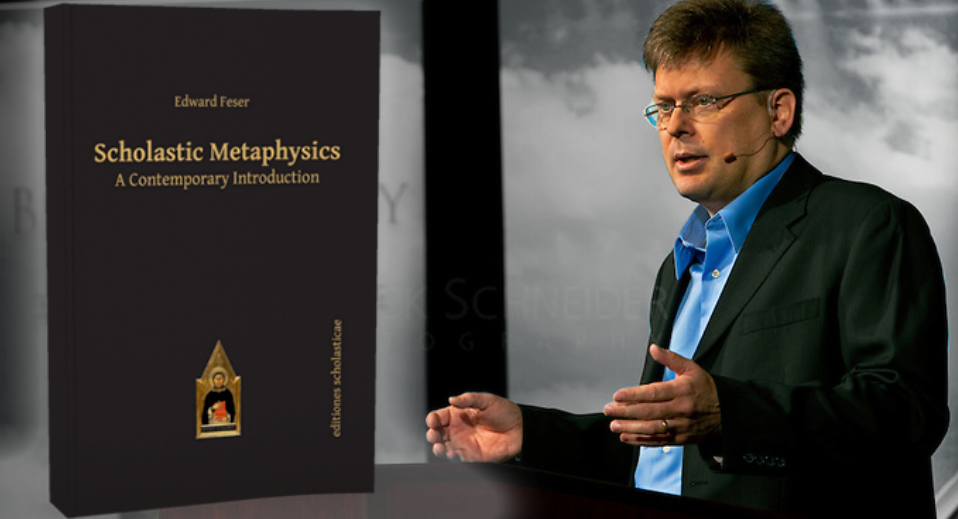

So I ordered a book, The Last Superstition: A Refutation of the New Atheism, that was highly touted in its Amazon reviews (which, admittedly, could have been written by his friends), to see in what way the new atheists were fundamentally wrong, overly-simplistic, misguided, and just plain wrong. Among other things, this discourse helps explain a unique cluster of US Reform interests, including a tendency toward panentheism and a pronounced interest in modernist justifications of immortality.I had this weird idea, since I blog about atheism some, that I might look at the theist books that have been written in response to the new atheist movement.

Together, these individuals' discussions represent a rich discourse of doubt important for understanding the history of Reform Judaism. Hirsch, Joseph Krauskopf, Aaron Hahn, and J. In doing so, it will also offer an overview of changing attitudes toward scientific naturalism and philosophical materialism within the US Reform movement more broadly, drawn from sermons and writings of such prominent nineteenth-century and early twentieth-century religious leaders as Isaac Mayer Wise, Kaufmann Kohler, Emil G. This article will consider the case of US Reform Judaism and its engagement with the prominent infidels and unbelievers Robert Ingersoll and Felix Adler. That is, the significance of engagement with atheistic or skeptical philosophies has been understood to lie in this engagement's strategic utility in countering the threat to religious Jewish continuity.

Insofar as historians have noted engagement with atheism or skepticism, the Reformers' interest in disbelief has been conflated with a more general concern with the dangers of assimilation. There has also been considerable interest in the theological concerns of the religious leaders and intellectual pioneers of Reform, but these concerns have tended to focus on inward-orientated debates about the status of the Law or on the weight of traditional rabbinic authority. Much of the scholarship on this period has focused on the political ambitions of assimilationist lay Jews and, with respect to secular learning, has tended to concentrate on biblical criticism, which certainly had a defining impact in Germany, and also in the United States and United Kingdom even if not initially. Historical accounts tend to follow the view that Reform Judaism was a “response to modernity” in the sense that it was an attempt to integrate secular learning into Jewish life in general and/or to emulate the newly encountered Christian response, both in thought and practice, which was viewed as a model in this regard. The absence of scholarship that takes seriously the progressive Jewish response to atheism and skepticism is not easy to explain.


 0 kommentar(er)
0 kommentar(er)
